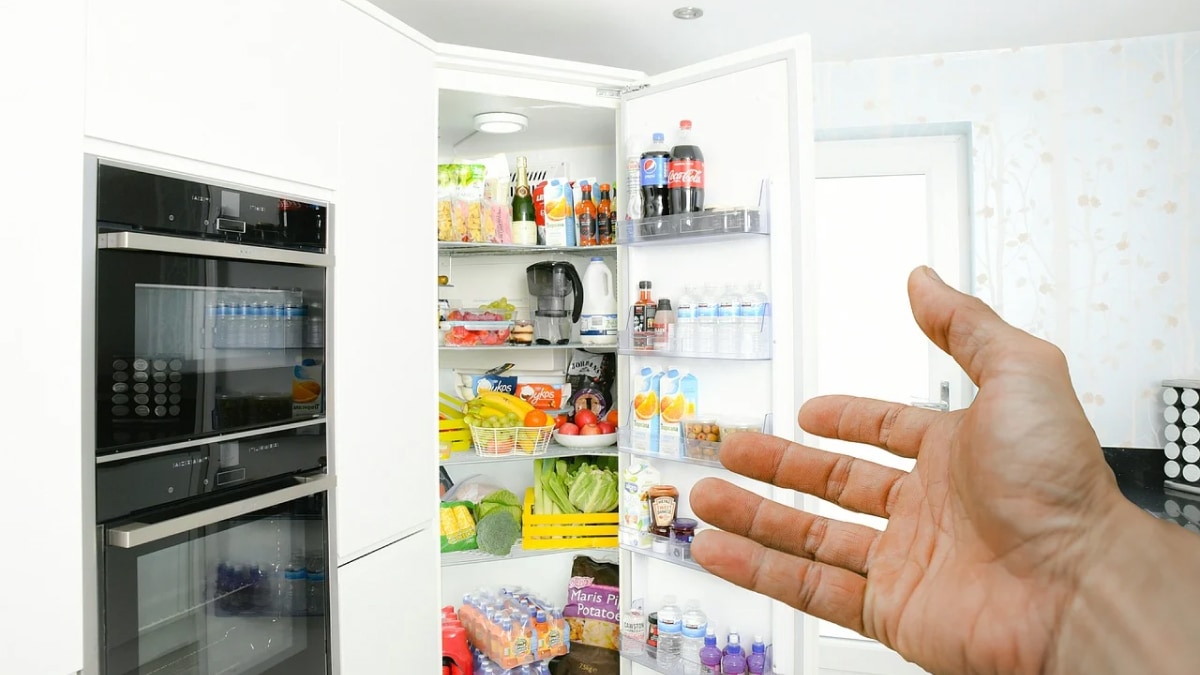A novel crystal-based technology has been identified as a potential solution for sustainable cooling systems. Current refrigeration and air conditioning devices rely on liquid-based systems to absorb heat through evaporation and condensation. While effective, these fluids contribute significantly to greenhouse gas emissions when leaked, intensifying global warming. Efforts to counteract this environmental impact have led to the development of an alternative cooling mechanism based on plastic crystals, which possess a unique molecular structure capable of transforming under pressure.
How the Technology Works
According to researchers at Deakin University, plastic crystals exhibit a transformative ability when subjected to extreme pressure. Their molecular orientation shifts from a disordered state to a structured grid, absorbing heat as the pressure is released. This heat absorption process facilitates cooling, providing a climate-friendly alternative to traditional refrigerants.
Unlike earlier materials, which required high ambient temperatures for similar transitions, the newly developed crystals operate effectively between -37 degree Celsius and 10 degree Celsius. This range aligns with typical household refrigeration and freezing needs, presenting a significant step forward in sustainable cooling technologies.
Challenges in Implementation
According to a New Scientist reporthigh-pressure requirements, equivalent to conditions thousands of meters underwater, remain a major hurdle for practical application. Dr. Jenny Pringle, a lead researcher in the study, acknowledged this limitation and emphasized the need for further development to address these constraints.
Concerns have also been raised by experts about the long-term performance of these crystals. Bing Li, affiliated with the Chinese Academy of Sciences, pointed out the potential reduction in heat absorption capacity over time due to molecular strain, while expressing optimism about future advancements.
Potential Impact
David Boldrin from the University of Glasgow told the publication about the significant potential of this innovation, suggesting that it could help decarbonise the cooling industry. While the technology remains confined to laboratory settings, its success could herald a substantial reduction in the environmental footprint of refrigeration systems.
Experts remain hopeful that continued research will overcome current obstacles, bringing this promising solution closer to widespread adoption.


